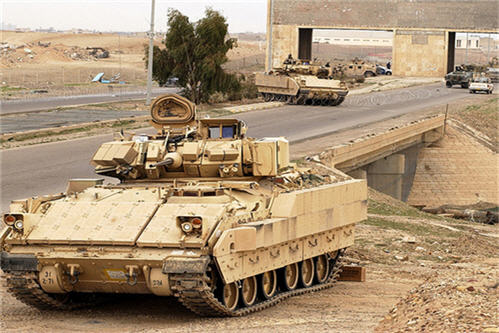
Gold, having risen three straight weeks, appears set for a second consecutive quarterly gain, with violence in Iraq and Ukraine continuing to buttress demand.
U.S. jobs data and a European Central Bank meeting this week may offer hints about future monetary stimulus strategy, which could affect investor sentiment.
“The geopolitical factor is one that it’s not easy to predict,” Societe Generale analyst Robin Bhar was quoted by Reuters as saying. “And that could keep gold above $1,300 just on its own.”
On Sunday, Iraqi army tanks and armoured vehicles arrived in the northern city of Tikrit, Reuters reported. It was the second day of fighting to retake the city from Sunni militants occupying large parts of the country.
In Ukraine the same day, forces loyal to Kiev battled pro-Russian separatists around the city of Slaviansk, the news agency said. The fighting dashed a truce that was supposed to last until Monday night.
Meanwhile, the U.S. dollar struggled to rise relative to a basket of other currencies early Monday, ahead of U.S. employment data including June non-farm payrolls due out Thursday, a day earlier than usual owing to the July 4 holiday.
Gold futures for August delivery traded Monday morning at $1,320.80 per ounce on the Comex division of the New York Mercantile Exchange, roughly on par with $1,320 seen Friday.
According to Commodity Futures Trading Commission data released after the market closed Friday, hedge funds and other large gold investors added a record amount of ounces to their bullish positions in the week to June 24.
Amid political or financial turmoil, market participants tend to buy gold, seen as a safe-haven investment.
Precious metals have outperformed other commodities this year with double-digit gains for gold and palladium and a strong performance for silver and platinum.